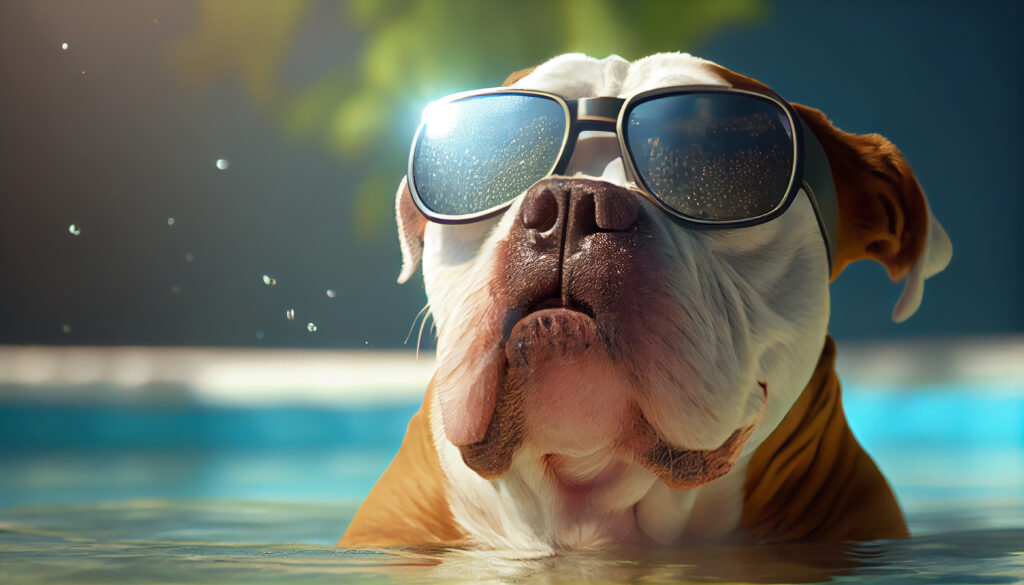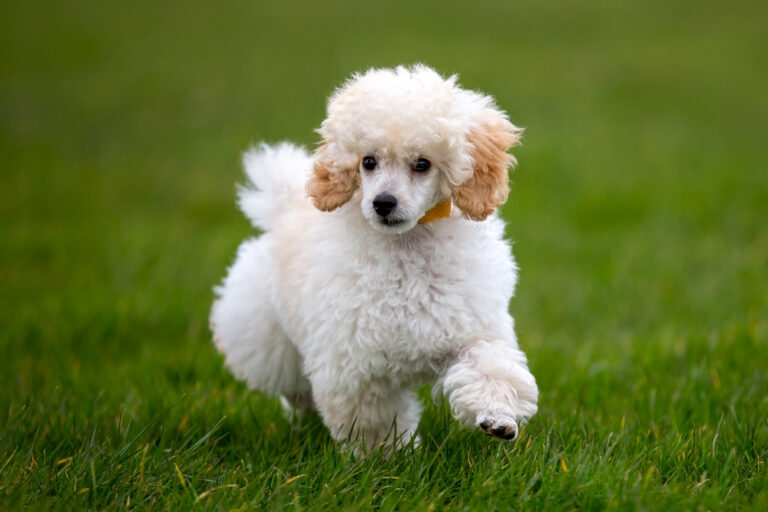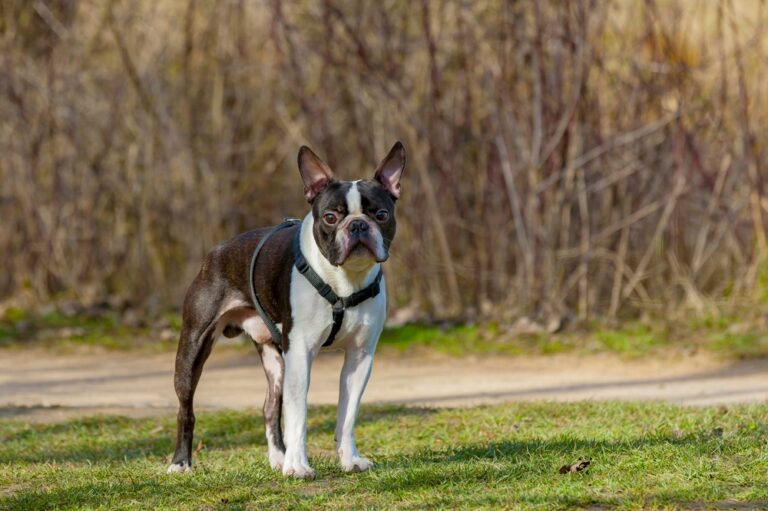- June 2, 2023
Summer Pet Safety Tips

Summer is finally here and this “fun in the sun” season also happens to bring with it some hazards – especially for our pets. Make sure your pet’s summer season both fun and safe with these important Summer Pet Safety Tips:

Never leave your pet in a car! Parking in the shade and leaving the windows open is not an option. Even if you are just running a quick errand, in a hot car your pet’s temperature can rise rapidly and they can overheat in a very short period of time. It only takes minutes to reach dangerous levels leading to heatstroke and even death.
Always make sure your pet has cool, clean water available. This is one of the easiest ways to avoid heat injuries in the summer months. Dogs, and even cats, drink more on hot days, and water warms up quickly, so make sure to change your pet’s water often.
Food and drinks you serve may be poisonous to your pets. Backyard BBQs and pool parties are what we all look forward to during the summer, but keep an eye on what your pet is eating when you get the party started. Dogs and cats can experience severe digestive ailments when a change of diet takes place. The following products are extremely poisonous to pets: raisins, grapes, onions, chocolate, sugar-free gum, candies and baked goods with the artificial sweetener Xylitol, also known as Birch Sugar.

Do not walk your dog near fireworks. Besides the obvious danger, the loud noise can be very scary.
Do not force your dog into water if he/she is frightened. Some dogs do not like to swim. Even if your dog loves to swim, never leave him/her unattended. Bathe your dog afterwards to remove all sand, mud, and chlorine. Also, be sure all pool chemicals are stored safely out of reach.
Do not allow your dog to hang out of the window of a moving car. Objects such as loose rocks or tree limbs could seriously injure your pet, or he/she might fall or jump out.
Never allow your animals to ride in the back of a pick-up truck. They could be thrown out in a sudden stop or accident, or they may jump out.
Take your pets inside if there is the possibility of a thunderstorm. During a thunderstorm, it’s important to bring your pets indoors to keep them safe. This includes outdoor cats and pets that have their own outdoor shelters. Even if they seem unhappy being cooped up, it’s better for their safety. In the event of a lightning strike, pets can be injured or killed by the electrical surge. Additionally, if they become anxious, they may try to find safer territory and get lost. Your best bet is to keep your pets indoors until the storm has passed.
With warmer weather comes an increase in insects and parasites that can harm pets. To keep pets safe, it’s important for pet owners to provide heartworm and flea/tick prevention year-round. As the weather warms up, pet parents need to be aware of the increase in insects and parasites such as heartworms, ticks, and fleas. Staying on prevention year-round is essential for pets in the Midwest, and checking pets daily is important. Fleas and ticks can cause anemia, carry harmful parasites, and transmit diseases like Lyme Disease. Several options are available for prevention, and it’s best to consult with a veterinarian for the best product for a pet’s specific needs in their environment.

If your pet likes to relax outdoors, watch out for yellow jackets, bees, toads, and snakes. Bite or sting symptoms are usually swelling of the face or affected areas. Once stung or bitten, the pet’s skin may start to look wrinkly or bumpy. This is a first indicator and, if not treated by a veterinarian, could result in death due to toxins taking over and shutting down the animal’s body or causing airway swelling and suffocation.
Your pet CAN get sunburn. This is more likely in white dogs, hairless dogs, and dogs with light-colored fur, such as Pit Bulls and Dalmatians. If you have a pet that meets this criteria, it is recommended that you apply sunscreen to your pet before it is allowed to be outside for an extended period of time.
Protect your dog’s paws. Since the ground heats up quickly during the summertime, your dog’s body heat can rapidly rise, and sensitive paw pads can get burned. Limit the time you let your dog roam in the backyard and outdoors, especially on hot asphalt. Check surface temperatures before walking your dog and avoid walks during the hottest part of the day.
Know the signs of heat stress. During the hot summer months, it’s important to be aware of the signs of heat stress in animals. These signs include heavy panting, glazed eyes, rapid heartbeat, restlessness, excessive thirst, lethargy, fever, dizziness, lack of coordination, profuse salivation, vomiting, a deep red or purple tongue, and unconsciousness. It’s vital to monitor animals carefully, especially those that are outside for extended periods, to prevent heat stress or heatstroke.
If Your Pet Is Overheating
- Move your pet into the shade or an air-conditioned area.
- Apply ice packs or cold towels to your pet’s head, neck and chest or immerse him in cool (not cold) water.
- Let your pet drink small amounts of cool water or lick ice cubes.
- Take your pet directly to a veterinarian.
Tags
What do you think?
Related Articles

New Puppy Checklist: Gear You’ll Need for Your New Dog
Getting a new puppy is really exciting, but before you welcome them home, it’s important to prepare your space for them. Since puppies need a

How Big Do Mini Poodles Get? Vet Reviewed Average Weight & Growth Chart – Dogster
The information is current and up-to-date in accordance with the latest veterinarian research. Learn more » When you buy a Miniature Poodle, you might not

Can Police Dogs Smell Nicotine? Vet Verified Facts & Info – Dogster
The information is current and up-to-date in accordance with the latest veterinarian research. Learn more » While cigarette sales have been declining steadily for decades,

How Old Is 5 in Dog Years? Vet-Approved Guide to Each Size of Dog – Dogster
The information is current and up-to-date in accordance with the latest veterinarian research. Learn more » A common method for calculating a dog’s age is

